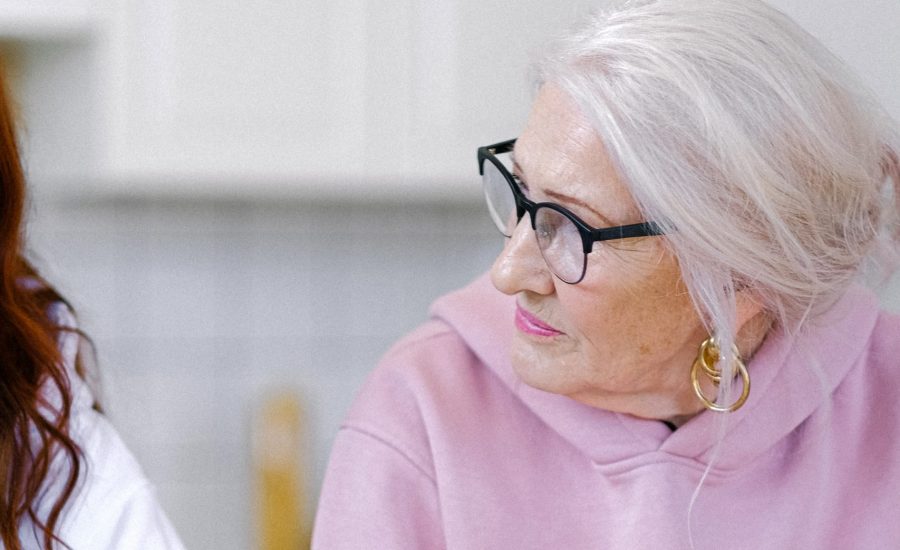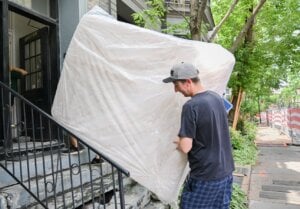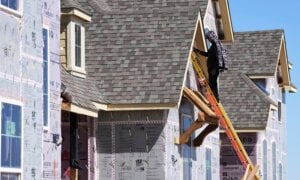|
Conventional mortgage |
HELOC |
Reverse mortgage |
| Age requirements |
none |
none |
55+ |
| Amount you can borrow |
Up to 80% of the home’s market value; depends on household income, equity, debt, credit score, stress test, etc. |
Up to 65% of the home’s market value; depends on household income, % equity, debt, credit score, stress test (in some cases) |
Up to 55% of home equity, depending on borrower’s age and the home’s appraised value |
| Funds received as |
Lump sum |
As-needed revolving credit |
One-time advance or lump sum with regular cash payments |
| Payment requirements |
Principal and interest according to amortization schedule |
Monthly interest on outstanding debt; principal repayments on your own schedule |
No payments required until the mortgage becomes due (that is, until borrower sells or transfers ownership of the home; the last borrower moves into long-term care or a retirement home; the last borrower dies; or the borrower defaults) |
| Retain ownership? |
Yes (as long as borrower makes payments on time) |
Yes (as long as borrower makes payments on time) |
Yes (if borrower continues to meet mortgage obligations) |
| Equity value in the home |
Increases with each mortgage payment |
Increases only when making principal repayments |
May decrease as interest accumulates |
| What if I sell? |
Use the proceeds of the sale to pay off the balance (and any prepayment fees) and pocket the difference |
Use the proceeds of the sale to pay off the balance and pocket the difference |
Use the proceeds of the sale to pay off the balance (which includes all the accrued interest) as well as fees and costs, and a prepayment charge, if any, and pocket the difference |
| What if I die? |
Outstanding balance is paid out of the estate. If estate is insufficient, the home’s heir(s) can take over the mortgage payments, pay the balance, or sell as above |
Outstanding balance is paid out of the estate. If estate is insufficient, the estate’s heirs must pay the balance or sell home as above |
Outstanding balance is paid out of the estate. If estate is insufficient, heirs must pay balance or sell home as above |
| May be best suited for |
Homeowners with lots of disposable income, so they can pay interest and principal regularly |
Homeowners with some disposable income, so they can pay interest regularly and principal as it best suits them |
Homeowners with limited cash flow, who plan to stay in the home for life |












What do you think of using the Property Tax Deferral program? Currently, 2% interest and the interest does not compound